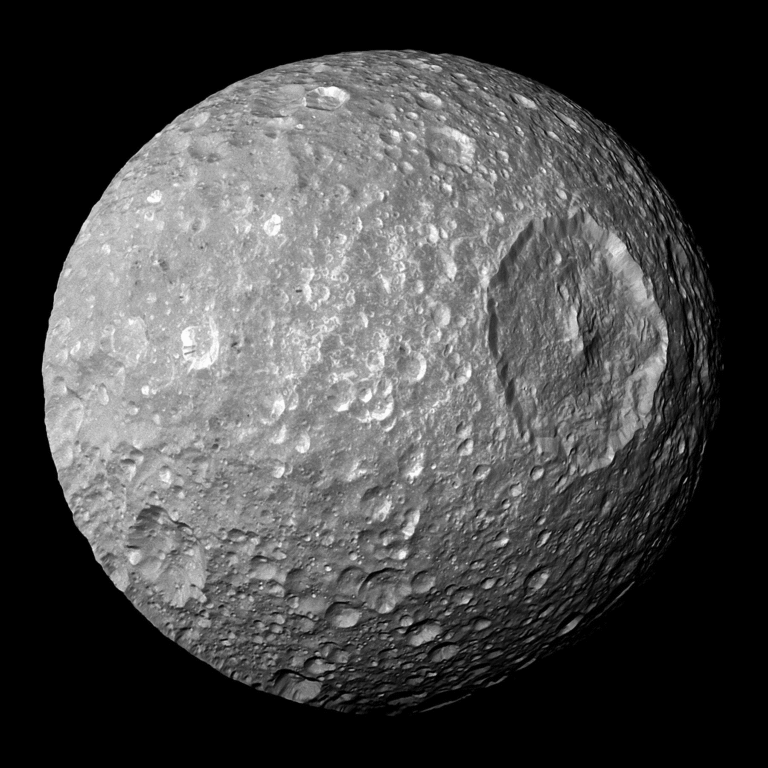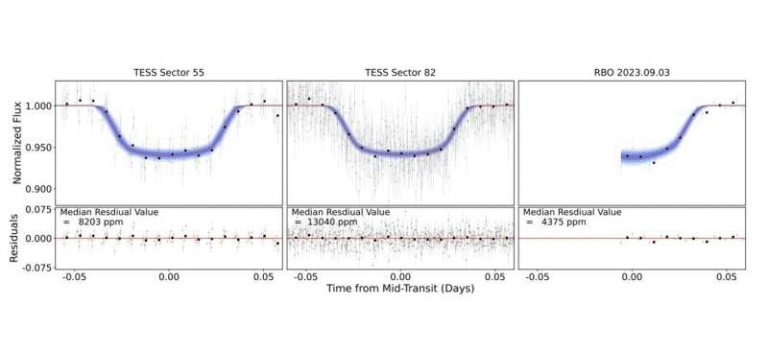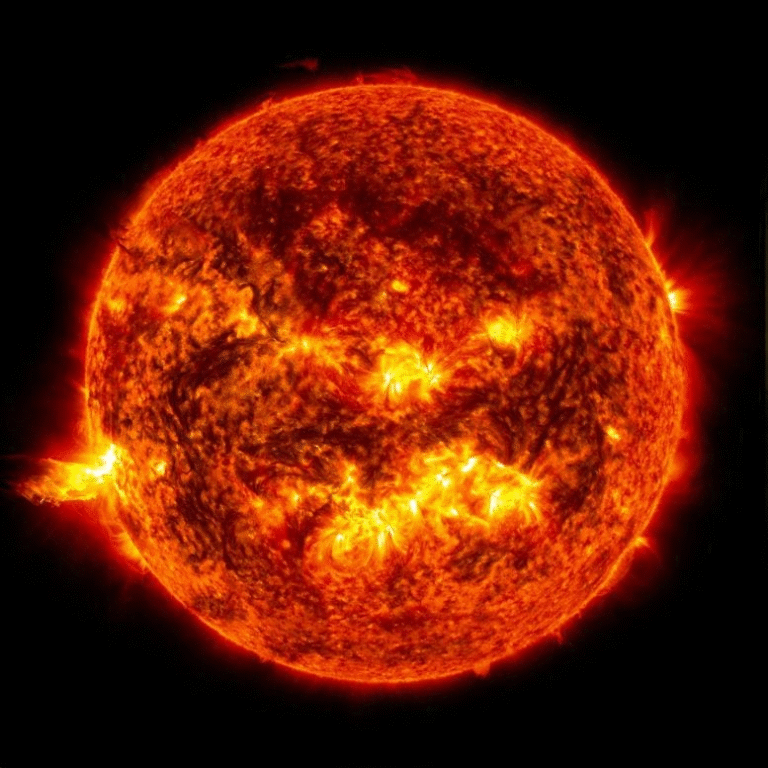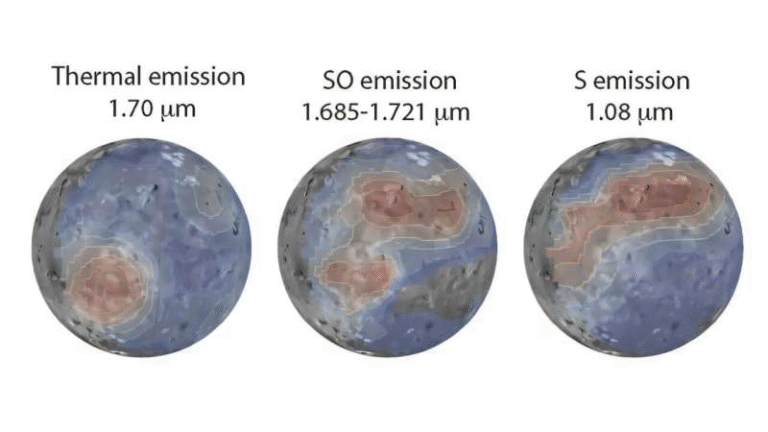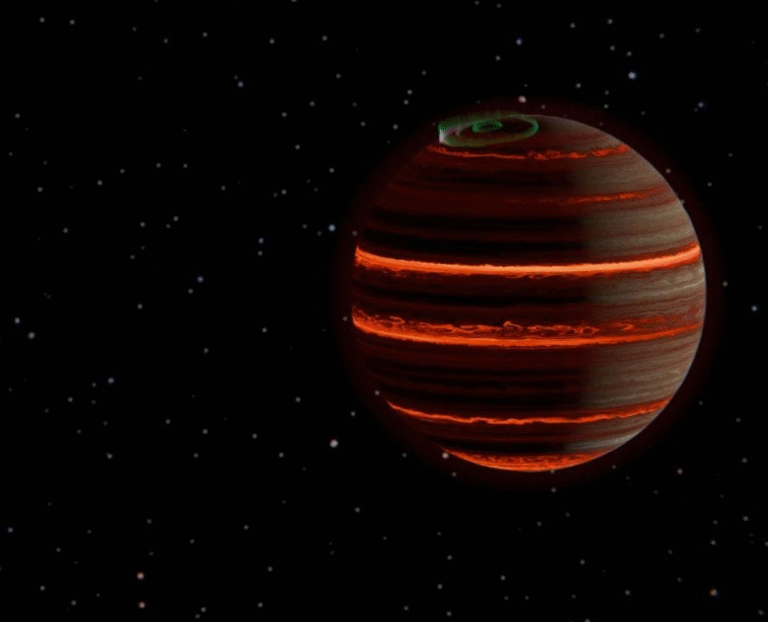Jupiter’s Birth May Have Shaped the Solar System — and Even Earth’s Formation
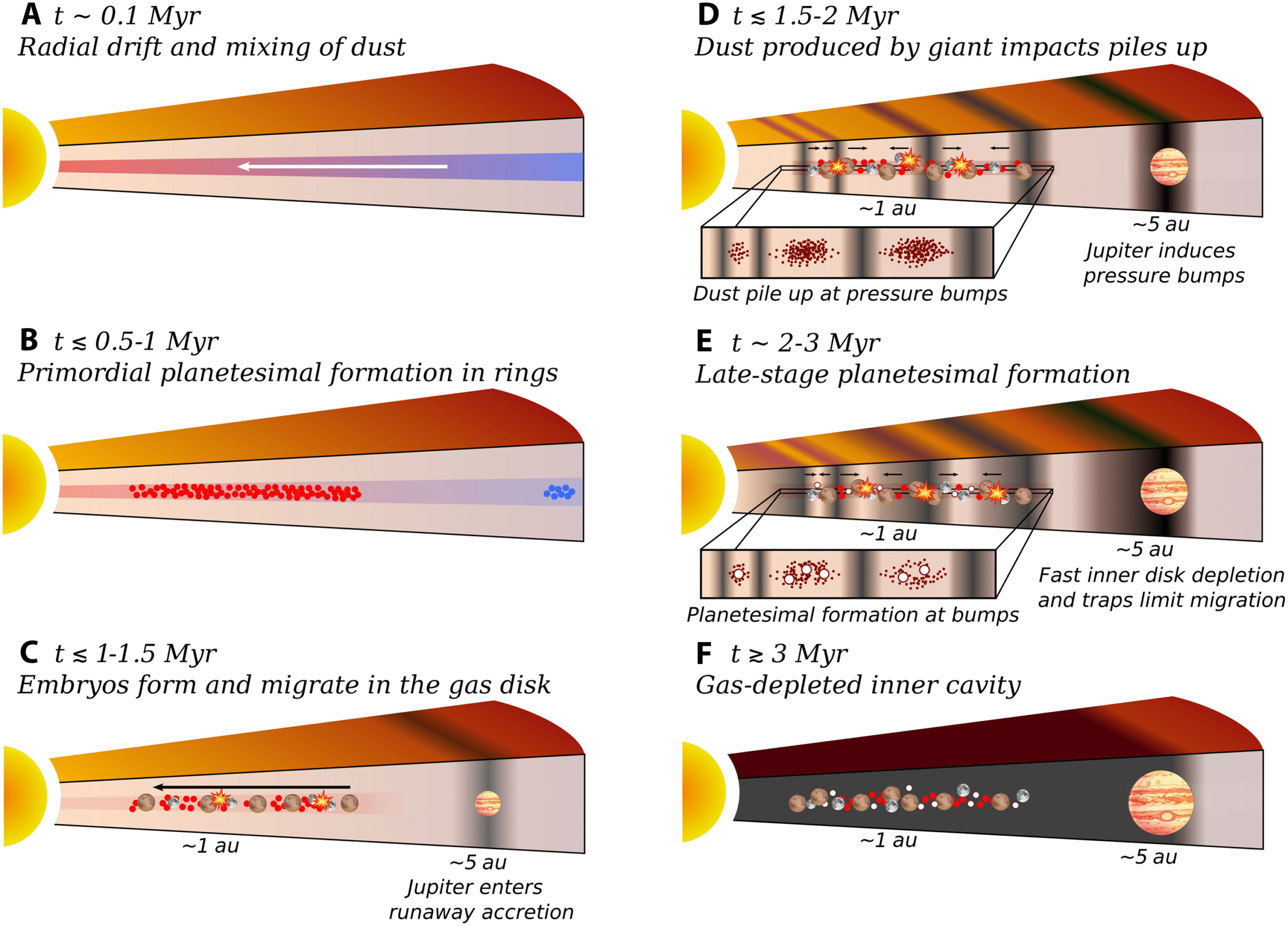
New research from Rice University offers an exciting new perspective on how Jupiter, the largest planet in our solar system, may have dramatically reshaped the early solar system. The study, published in Science Advances, suggests that Jupiter’s rapid early growth not only carved rings and gaps in the Sun’s surrounding disk of gas and dust but also influenced how — and when — many of the earliest meteorites and planets formed.
The findings bring together long-standing puzzles in planetary science, connecting the timing of meteorite formation, the distinct chemical fingerprints of inner and outer solar system materials, and the stable orbits of Earth, Venus, and Mars.
How Jupiter Reshaped the Solar System’s Early Disk
According to planetary scientists André Izidoro and Baibhav Srivastava, Jupiter’s influence began early — within the first few million years of the solar system’s birth. Using state-of-the-art hydrodynamic simulations, the researchers modeled how Jupiter’s immense gravity interacted with the Sun’s protoplanetary disk.
As Jupiter grew rapidly, its gravitational pull created ripples in the disk, forming regions of higher and lower pressure. These acted like cosmic traffic jams, trapping dust and small particles that would otherwise have spiraled into the Sun. Instead, these particles collected into dense rings, where they could clump together to form planetesimals — the rocky seeds of future planets.
The simulations show that these rings and gaps weren’t just minor features. They fundamentally changed the flow of material through the disk, shaping the architecture of the solar system. The regions where dust accumulated became birthplaces for new planetesimals, while other areas were cleared out, influencing which materials ended up forming different planets.
Two Generations of Planetesimals
One of the biggest mysteries in planetary science has been why chondrites — a family of primitive, stony meteorites — formed millions of years after the first solid bodies in the solar system. Traditionally, scientists believed that all planetesimals (the small building blocks of planets) formed early and quickly. But isotopic dating of meteorites shows that many chondrites appeared 2 to 3 million years later than expected.
This new study offers a compelling explanation. Izidoro and Srivastava’s models indicate that Jupiter’s gravitational disturbances delayed the formation of some planetesimals. The first generation of planetesimals formed before Jupiter’s growth — these would later evolve into differentiated bodies, such as those that became the cores of early protoplanets or melted into iron meteorites.
But Jupiter’s influence created new pressure traps in the disk. In these regions, dust continued to collect long after the first solids had formed, giving rise to a second generation of planetesimals — the parent bodies of chondrites. These second-generation bodies formed later, consistent with the 2–3 million-year delay recorded in meteorite samples.
This insight helps solve one of the longest-standing riddles in planetary science: Why some meteorites seem so young compared to the first solids in the solar system. Jupiter itself created the conditions that delayed their birth.
Preserving the Solar System’s Isotopic Fingerprint
Another major contribution of the study lies in explaining the isotopic dichotomy found in meteorites. Scientists have long observed that meteorites come in two isotopic “flavors” — carbonaceous (outer solar system) and non-carbonaceous (inner solar system). These differences show that the two regions of the solar system did not mix as freely as once thought.
Jupiter’s early growth provides a clear reason for this separation. By opening a wide gap in the gas disk, Jupiter acted as a cosmic barrier, preventing the inner and outer solar system materials from blending. The model shows that this isolation preserved the distinct isotopic signatures that scientists still see today in meteorites.
In essence, Jupiter didn’t just grow—it divided the solar system into two distinct chemical zones, each with its own evolution path.
Why Earth Exists Where It Does
Beyond explaining the meteorite timeline, the research also tackles another question: why are Earth, Venus, and Mars clustered around roughly one astronomical unit (1 AU) from the Sun, instead of spiraling inward as planets often do in other star systems?
Many observed exoplanetary systems feature so-called “hot super-Earths” — planets that migrated close to their stars. But our solar system’s inner planets remained stable. The simulations suggest that Jupiter was the reason.
By cutting off the inward flow of gas and dust, Jupiter prevented developing planets in the inner disk from migrating toward the Sun. This stabilizing effect kept Earth and its neighbors in their current positions, allowing them to grow into the rocky worlds we see today. Without Jupiter’s interference, Earth might have been pulled much closer to the Sun—or may not have formed at all as we know it.
In short, Jupiter didn’t just form the solar system’s largest planet—it helped make Earth possible.
Clues from Other Star Systems
The study’s conclusions are supported by real-world observations from the Atacama Large Millimeter/submillimeter Array (ALMA) in Chile. ALMA has imaged many young star systems surrounded by disks of gas and dust that show striking rings and gaps—exactly the kind of structures predicted by the Rice University models.
These images suggest that the processes described in this study may be common across the galaxy. Many forming planetary systems could be going through similar transformations, with giant planets sculpting the disks around them, setting the stage for where and when smaller worlds emerge.
This connection between Jupiter’s early activity and modern observations of other star systems strengthens the idea that our solar system’s history is not unique—but rather an example of a universal planetary process.
The Broader Implications
This research has far-reaching consequences for how scientists understand planet formation, both in our solar system and beyond. It suggests that giant planets like Jupiter are not just passive participants but active architects of planetary systems.
The model also provides a framework for interpreting other mysteries—like why the asteroid belt contains a mix of inner- and outer-solar-system material, or how dust evolution affects planet formation timelines in different disks.
It even ties into the broader question of habitability. If Jupiter’s early growth helped create and stabilize the environment where Earth formed, it implies that giant planets might play a crucial role in determining which systems can host Earth-like planets.
A Quick Note on Chondrites
To appreciate this research, it’s worth understanding what chondrites actually are. These are some of the most primitive materials we have from the early solar system — stony meteorites that have remained largely unchanged since their formation. They contain chondrules (tiny, glassy spheres formed by brief melting events) and fine-grained matrix material that preserve the chemical fingerprint of the early solar nebula.
Because they formed so early and remained mostly unaltered, chondrites act as time capsules, preserving the story of how our solar system evolved. By analyzing them, scientists can measure their isotopic ratios and formation ages, revealing the conditions that existed billions of years ago.
The fact that many chondrites formed millions of years later than the first solids has long puzzled researchers — but this new study provides a physically grounded answer. Jupiter’s birth, it turns out, reshaped the environment in which those meteorites were born.
The Takeaway
In summary, Rice University’s new research paints a clear, evidence-backed picture of Jupiter’s profound influence on the early solar system:
- Jupiter grew rapidly, forming within about 1–2 million years.
- Its gravity carved rings and gaps in the solar nebula, creating dust traps.
- These regions allowed a second generation of planetesimals—the ancestors of chondrites—to form 2–3 million years after the first solids.
- The giant planet’s growth also divided the solar system into chemically distinct inner and outer regions.
- By halting inward gas flow, Jupiter kept Earth, Venus, and Mars safely in their current orbits.
- Observations from ALMA support these mechanisms as common features in young star systems.
Jupiter didn’t just become the solar system’s biggest planet — it defined the blueprint of our entire planetary neighborhood and may even have made life on Earth possible.
Research Reference:
Baibhav Srivastava & André Izidoro (2025). The late formation of chondrites as a consequence of Jupiter-induced gaps and rings. Science Advances, Vol. 11 (43). https://www.science.org/doi/10.1126/sciadv.ady4823
